Author: Richard Dredge
Photography: Clan Motor Company and Richard Dredge
There was a time when Britain led the world when it came to building affordable sports cars. An array of low-volume manufacturers flourished, and at the forefront were companies such as Ginetta, Lotus, Marcos and Fairthorpe, among others. Within this group there should also have been Clan, a marque that shone briefly, but never hit the big time, although it really deserved to do so.
The two key men behind the Clan were engineers Paul Hassauer and Brian Luff, who had quickly risen through the ranks at Lotus. What they really wanted to do, was design and build their own sports car, and in 1967 they started to work on what would become the Clan Crusader.
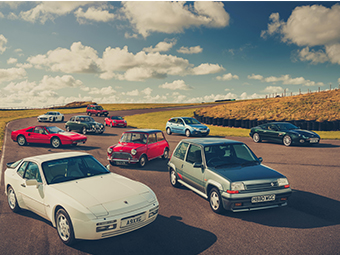
Most low-volume car makers produced front-engined vehicles invariably kitted out with Ford or BMC/BL powertrains, but Hassauer and Luff opted for something very different: a rear-engined car with a glassfibre monocoque, powered by the light and rev-happy 875cc Hillman Imp engine. Also featuring the Imp’s transmission and suspension, the new car would be light, stiff, agile and quick, but frugal with it.
Surrounded by talent at Lotus, Hassauer and Luff tempted other employees of the company to work with them on their affordable sports car. Chief among them was Ron Paynes, and it was in his garage that the Clan Crusader was developed, with designer John Frayling then making a buck from which the bodyshell could be moulded. It’s fair to say that his creation looked like nothing else before or since, the very low nose and overall proportions aided by the use of that Imp running gear.
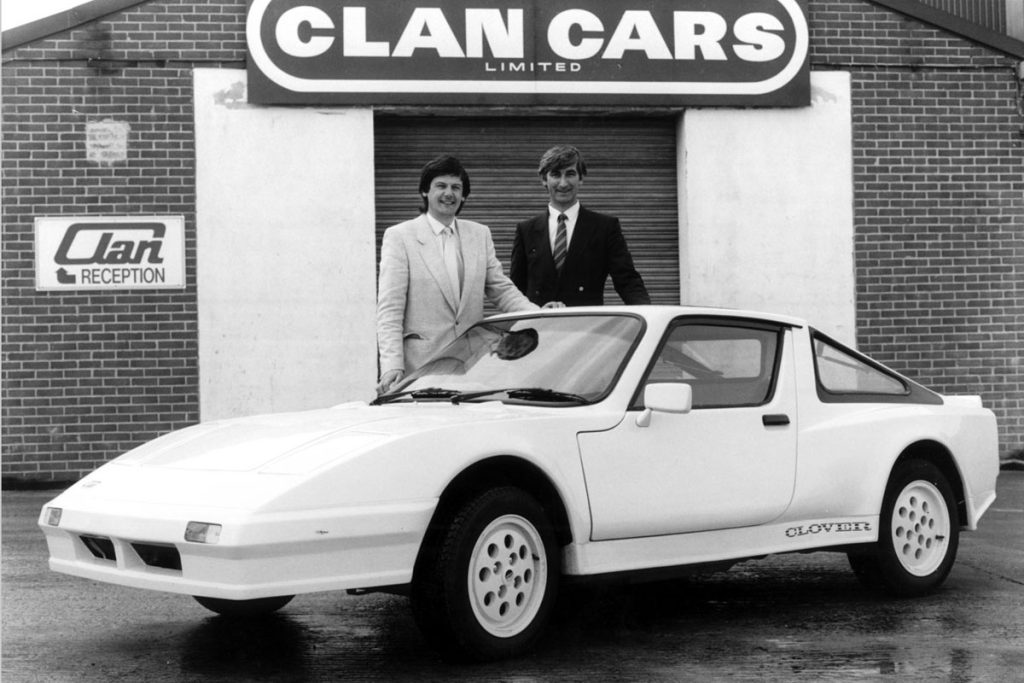
Confident that their project had legs, the team secured premises in Norwich where the car continued to be developed. Until now everybody had worked on the Clan Crusader while still working for Lotus, but in 1970 it was crunch time; they had to either give up on the Crusader to continue at Lotus, or quit their jobs to form their own company. Hassauer and Luff opted to leave Lotus and set up Clan, having secured a grant from the Washington Development Corporation, which meant a move from Norfolk to Washington, County Durham.
Brimming with ambition, by spring 1971 the Clan Motor Company had already switched from its initial premises to a larger 24,500sq. ft factory built to their own design. Initial production began in 1971 then in September 1971 the Crusader was unveiled to the world at the Grosvenor House Hotel on London’s Park Lane. Before long the company was employing 29 people and producing five cars per week.
Hassauer and Luff had put in the legwork and they undoubtedly deserved success with what was truly a high-quality, thoroughly developed car. The bodyshell was made in two parts that were joined together using a revolutionary clamshell moulding technique. Very light but also immensely strong, when the Crusader was crash tested at 30mph there was a mere 0.8 inches of cockpit intrusion, whereas a full five inches was allowed. Incredibly, the car used for the crash test was later rebuilt and put on the road.
The build quality was also far better than for most low-volume sports cars; the Crusader could even show a few of the mainstream manufacturers a thing or two. The quality of the glassfibre panelling was superb and so was the paint finish, but it was the engineering that impressed the most. The Imp Sport engine in the rear may have had all of 51bhp and 52lb ft of torque, but with a kerb weight of just 579kg the Crusader was agile and immense fun to drive. It was decently quick too, with 100mph just about possible, while the 0-60mph time of 12.5 seconds felt quicker in reality.
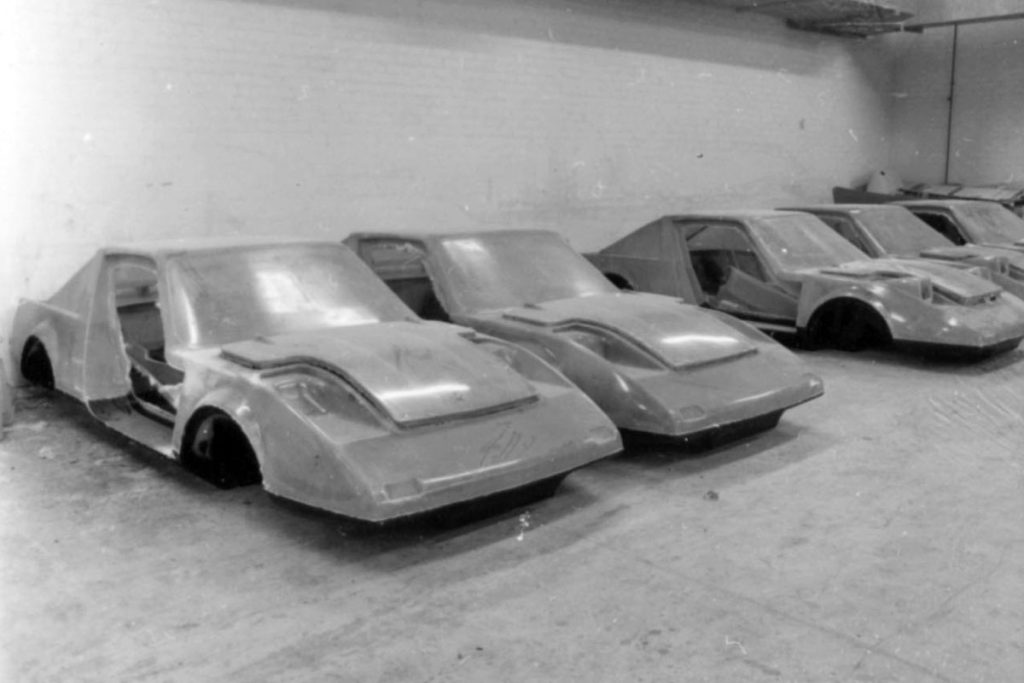
Autocar was certainly impressed in its September 1971 report, when it published: ‘The Crusader’s price of £1399 looks high, but it includes a respectable equipment standard, and the cars we have seen are exceptionally well finished. It offers the appeal of a new body shape which, as we discovered, attracts a lot of attention, most of it seemingly favourable, with good performance and excellent road manners, while sticking to a well-tried mechanical formula. If the quality can be maintained and a reasonable service network established, the Clan Crusader has sufficient good points to do well.’
By early 1972 the order books were filling up nicely, and one of the reasons why sales were initially easy to come by was the Crusader’s success in competition; its strength and reliability were proven over and over. Andy Dawson claimed second place on the 1972 Manx Rally, while Alan Conley went one better with a first place on the 1972 Tour of Mull and 1973 Derwent Star Rally; he was also on the podiums for the 1972 Lindisfarne Rally and the 1973 Rally of the Vales. Crusaders also claimed first place in the 1973 BARC Production Car Trials, the 1973 Jim Clark Memorial Rally and the 1974 British Caledonian Mod-sports and Sports and Special GT Championship.
But within 18 months or so of that Park Lane unveiling things started to go wrong, through no fault of Clan’s management. The global economy started to falter, then the Oil Crisis came along, and the UK Government then introduced VAT, which made the already-costly Crusader even more expensive. The three-day week was on the horizon, and despite a series of publicity stunts proving how capable the Clan Crusader was, production ended in late 1973 with just 315 (some say 340) road and 18 competition cars made.
This wasn’t the end though, because after the closure of the Washington factory the company and a large proportion of its assets were bought by Cypriot truck manufacturer Andreas Kaisis. The stock and body moulds were shipped to Cyprus, but the Turkish invasion of Northern Cyprus prevented the resumption of Clan production on the Island.
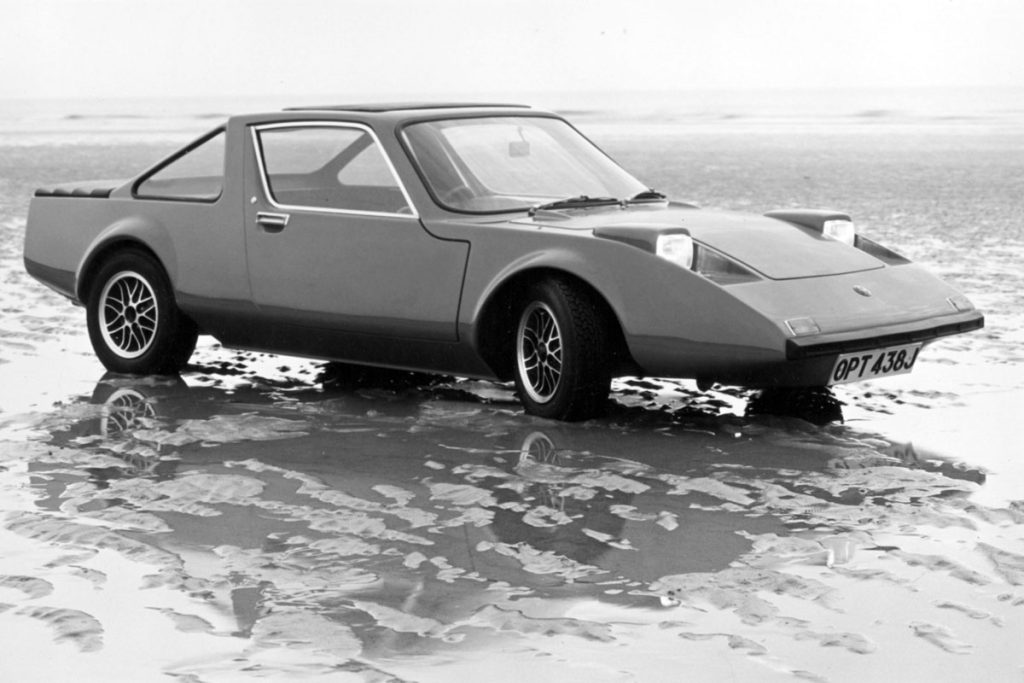
The parts languished for several years in Cyprus before being brought back to Britain by Ian Hopper, a colleague of Paul Haussauer and the ex-managing director of the Clan Motor Company. He then sold everything on to Peter McCandless, a Clan enthusiast and owner of an original Clan for many years. In 1982 McCandless incorporated Clan Cars Ltd in Newtownards, Northern Ireland, where he took advantage of government development grants that were available.
Clan Cars revamped the Crusader which was now simply called the Clan, but known by marque enthusiasts as the Irish Clan. It was sold in three levels of kit form: basic, deluxe and complete, still using the Imp Sport engine and major parts, but now with retractable headlights, moulded-in bumpers, a glass sunroof and a choice of two engine options from tuning firm Hartwell. Both featured a 998cc engine, which in ‘E’ form produced 65bhp, or there was an ‘S’ option rated at 78bhp. Some fully trimmed shells were also sold for customers to fit their own engine, transmission and running gear.
Although the number of cars produced in Ireland is not known, it’s assumed that around 130 road and 10 competition cars were made. It was always Clan Cars’ intention to replace the Imp-engined model with an updated car, and in 1985 this burst forth. Called the Clan Clover and fitted with an Alfa Romeo 1500cc flat-four engine and gearbox, just half a dozen or so kits were sold prior to the production of about 21 fully-built Clovers. But then Clan Cars ran out of cash and ceased trading in 1987, a full 16 years after the Crusader had first been shown.
Most people forgot about the Clan marque years ago, but there’s a thriving club for the Crusader, with members all over the world. The club has even produced a Crusader buying guide, which you should download in preparation for tracking down one of these intriguing machines, now that you’re desperate to own one. Aren’t you?
Looking for classic car insurance?
At Hagerty, we’ve been providing classic car insurance for more than 19 years. Get a quote from the people who love classics as much as you do.
Looking for more forgotten British cars?
Cars That Time Forgot: The Berkeley Sports
Cars That Time Forgot: The Lotus Seven S4
Cars That Time Forgot: The Rochdale Olympic
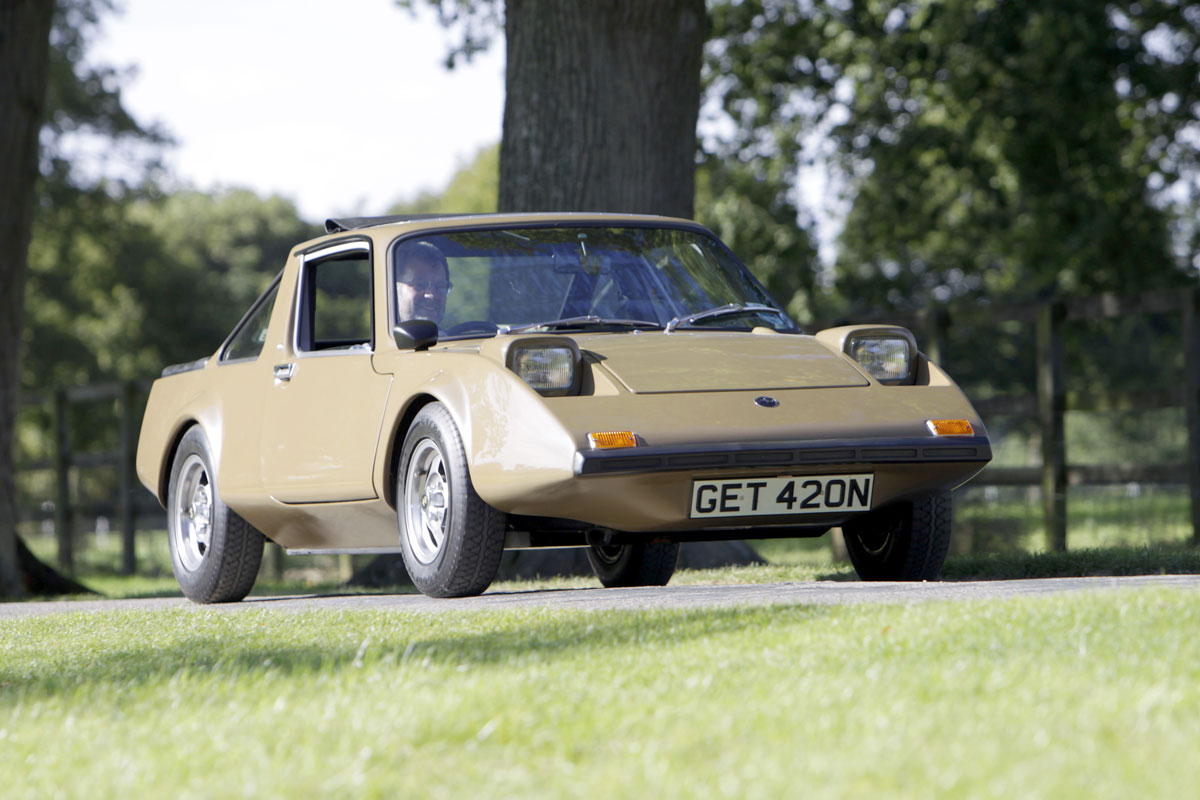
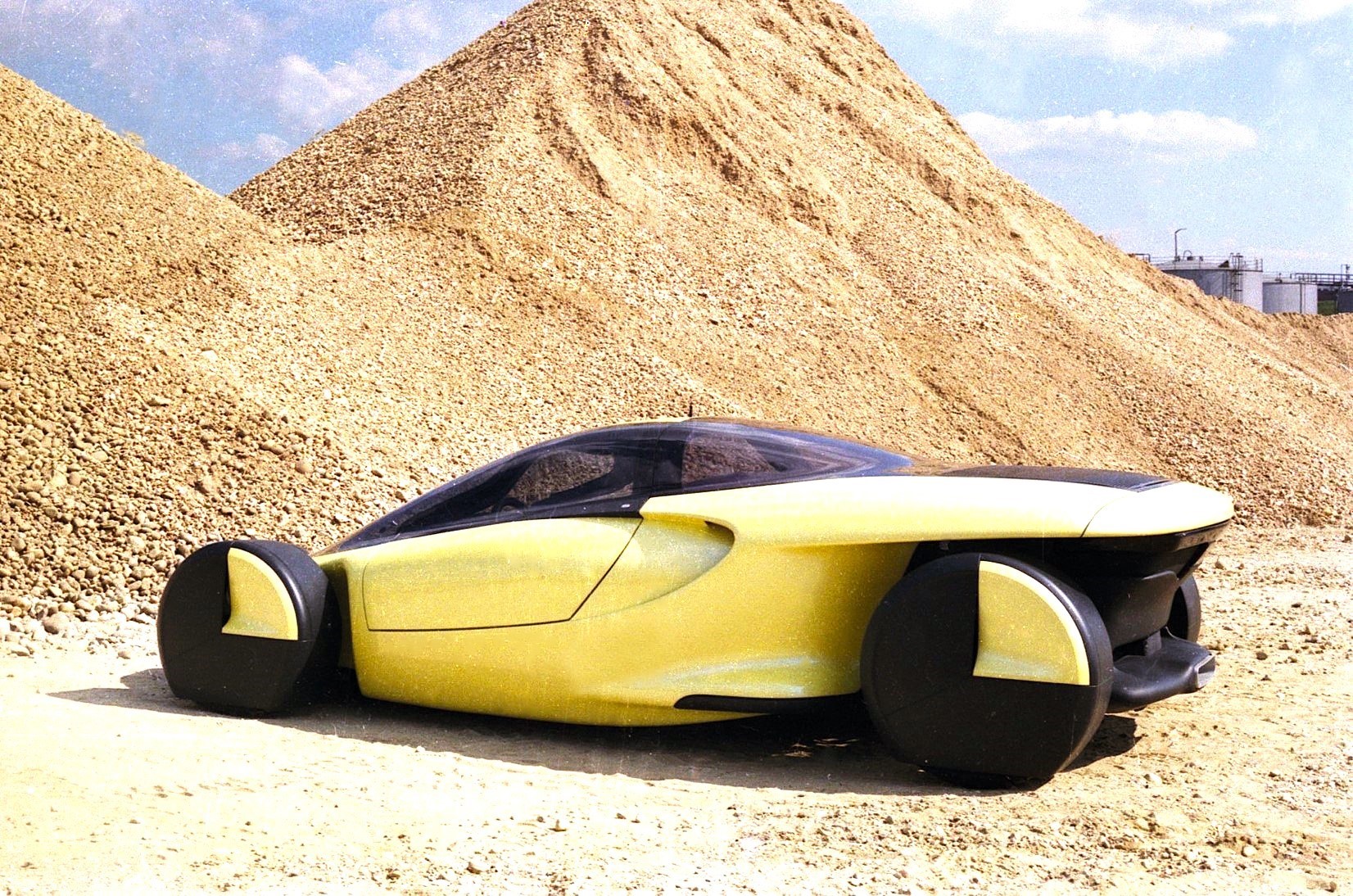
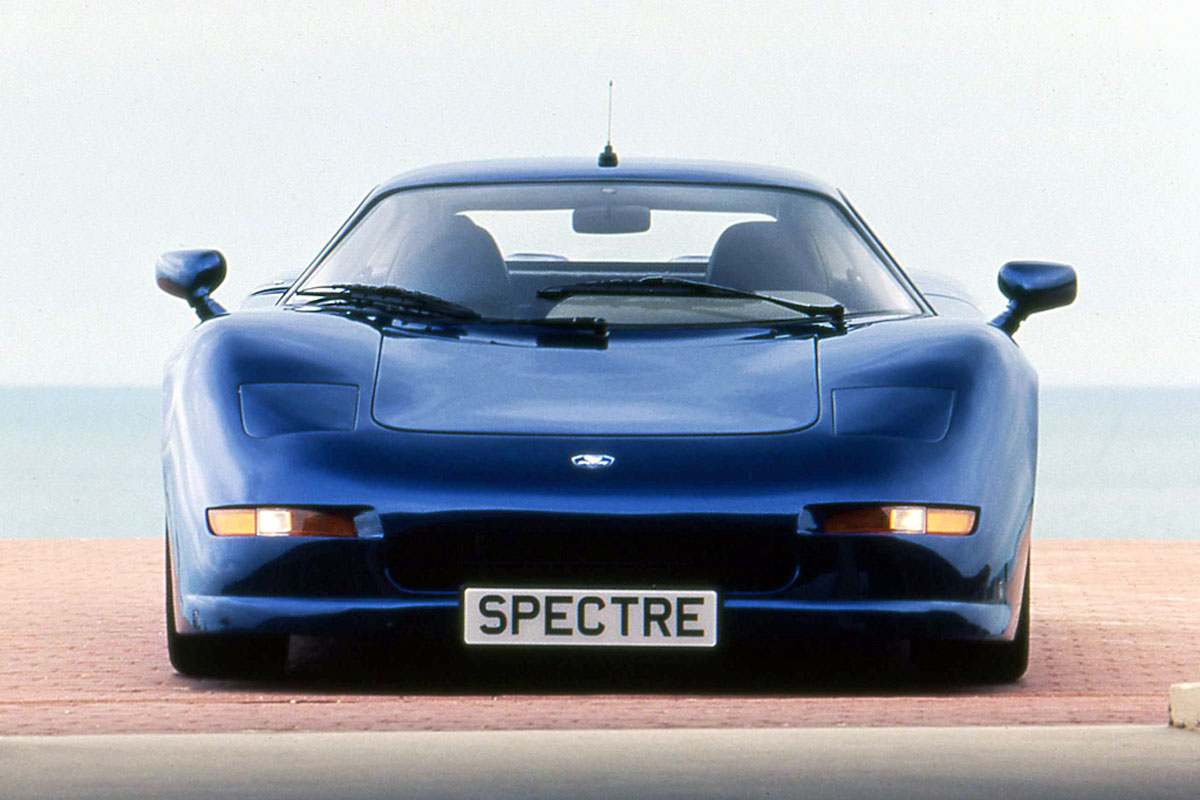

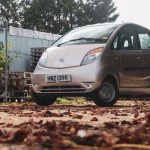

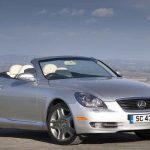


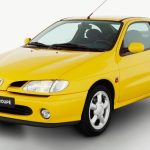
Absolutely fantastic! I like it better NOW than when it was NEW! There are some cars that prove to be attractive in every decade,, but you don’t realise till later!
Also check out the McCoy.